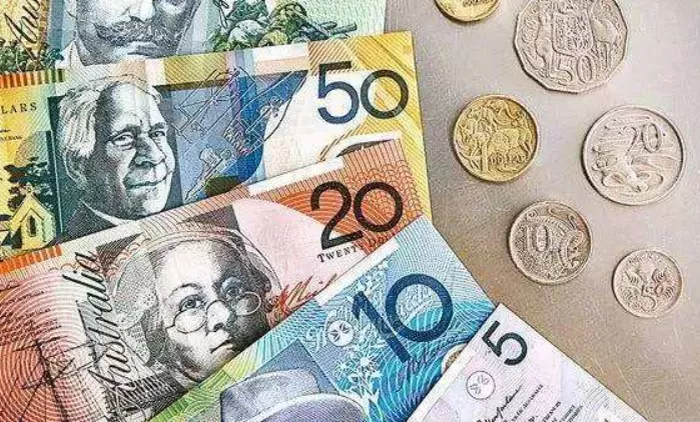The Australian dollar (AUD) has garnered significant attention in recent times due to its remarkable strength in the foreign exchange markets. Amidst global economic uncertainties, the AUD has emerged as one of the strongest currencies, outperforming many of its counterparts. In this article, we delve into the factors contributing to the Australian dollar’s current robustness, analyzing both domestic and international influences that have propelled its ascent.
1. Strong Economic Fundamentals:
One of the key drivers behind the Australian dollar’s strength lies in the nation’s robust economic fundamentals. Australia has been experiencing steady economic growth, low unemployment rates, and a sound financial system. Additionally, the country benefits from a stable political environment and well-developed infrastructure, which attracts foreign investments. These positive factors bolster investor confidence in the Australian economy, leading to increased demand for the AUD.
2. Commodity Prices and Exports:
Australia is renowned for its abundant natural resources and is a major exporter of commodities such as iron ore, coal, and liquefied natural gas (LNG). The prices of these commodities play a significant role in determining the strength of the Australian dollar. In recent years, China’s rapid economic growth and increased industrial demand have resulted in soaring commodity prices, particularly iron ore. As China is Australia’s largest trading partner, elevated demand for Australian commodities has driven up the AUD’s value.
3. Interest Rates and Monetary Policy:
Interest rates and monetary policy decisions influence currency values, and Australia’s relatively high interest rates have contributed to the strength of the AUD. The Reserve Bank of Australia (RBA) has maintained a comparatively higher cash rate compared to other major economies, making Australian assets more attractive to foreign investors seeking higher returns. This demand for Australian bonds and investments boosts the demand for the AUD, thereby strengthening the currency.
4. Global Risk Sentiment and Safe-Haven Status:
During periods of global uncertainty, investors often seek safe-haven currencies. The Australian dollar has become increasingly attractive in this regard due to Australia’s stable economic and political climate. As a commodity-based currency, the AUD is often considered a safe-haven asset alongside traditional safe-havens like the US dollar, Japanese yen, and Swiss franc. Consequently, during times of market volatility or geopolitical tensions, the AUD tends to benefit from increased demand, leading to its strength.
5. Geopolitical Factors:
Geopolitical factors can influence currency values, and Australia’s strategic location in the Asia-Pacific region plays a significant role in shaping the strength of the AUD. Australia’s proximity to major economies such as China, Japan, South Korea, and Southeast Asian countries fosters close trade ties and enhances economic cooperation. Positive developments in regional diplomatic relationships and trade agreements can bolster investor confidence and drive up the value of the Australian dollar.
6. Government Policies and Fiscal Management:
Sound fiscal management and government policies also contribute to the strength of the Australian dollar. The Australian government’s commitment to maintaining a balanced budget, reducing public debt, and implementing structural reforms that promote economic growth creates a favorable environment for the AUD. Additionally, initiatives aimed at attracting foreign direct investment, expanding international trade, and encouraging innovation further enhance the attractiveness of the Australian economy, supporting the strength of the currency.
Conclusion:
The Australian dollar’s recent strength can be attributed to a combination of factors, including strong economic fundamentals, commodity prices and exports, interest rates, global risk sentiment, geopolitical factors, and effective government policies. However, it is important to note that currency markets are highly volatile and subject to numerous external influences. Therefore, the future trajectory of the Australian dollar will depend on how these factors evolve and interact with each other, making it essential for investors and policymakers to closely monitor these dynamics.


